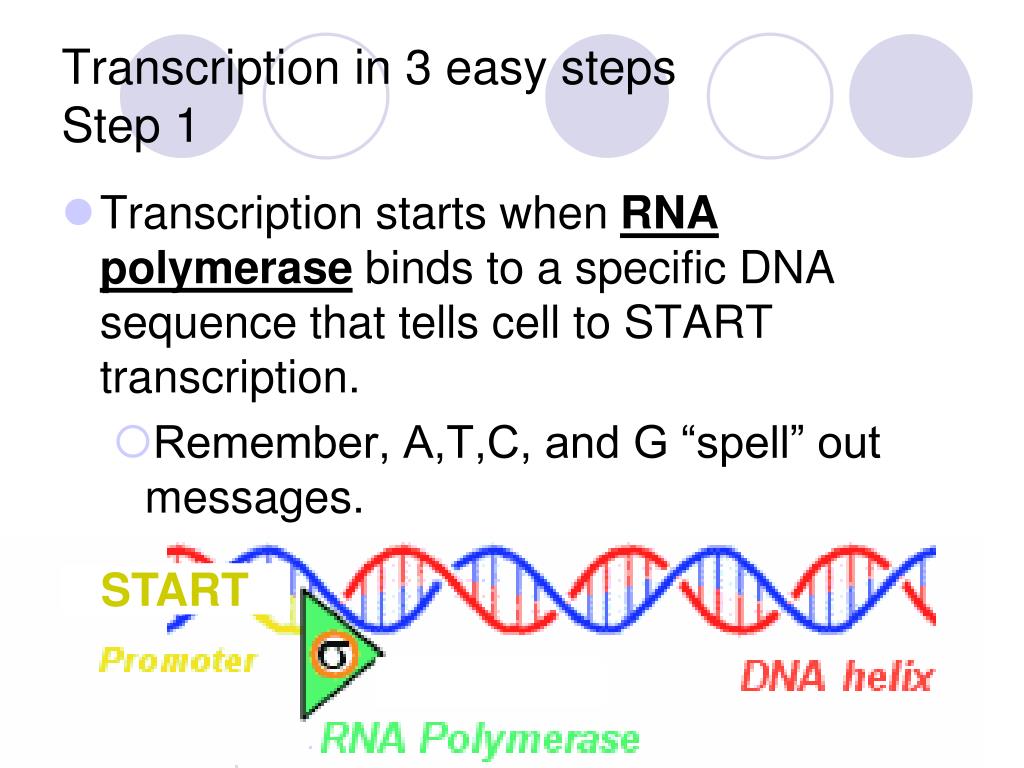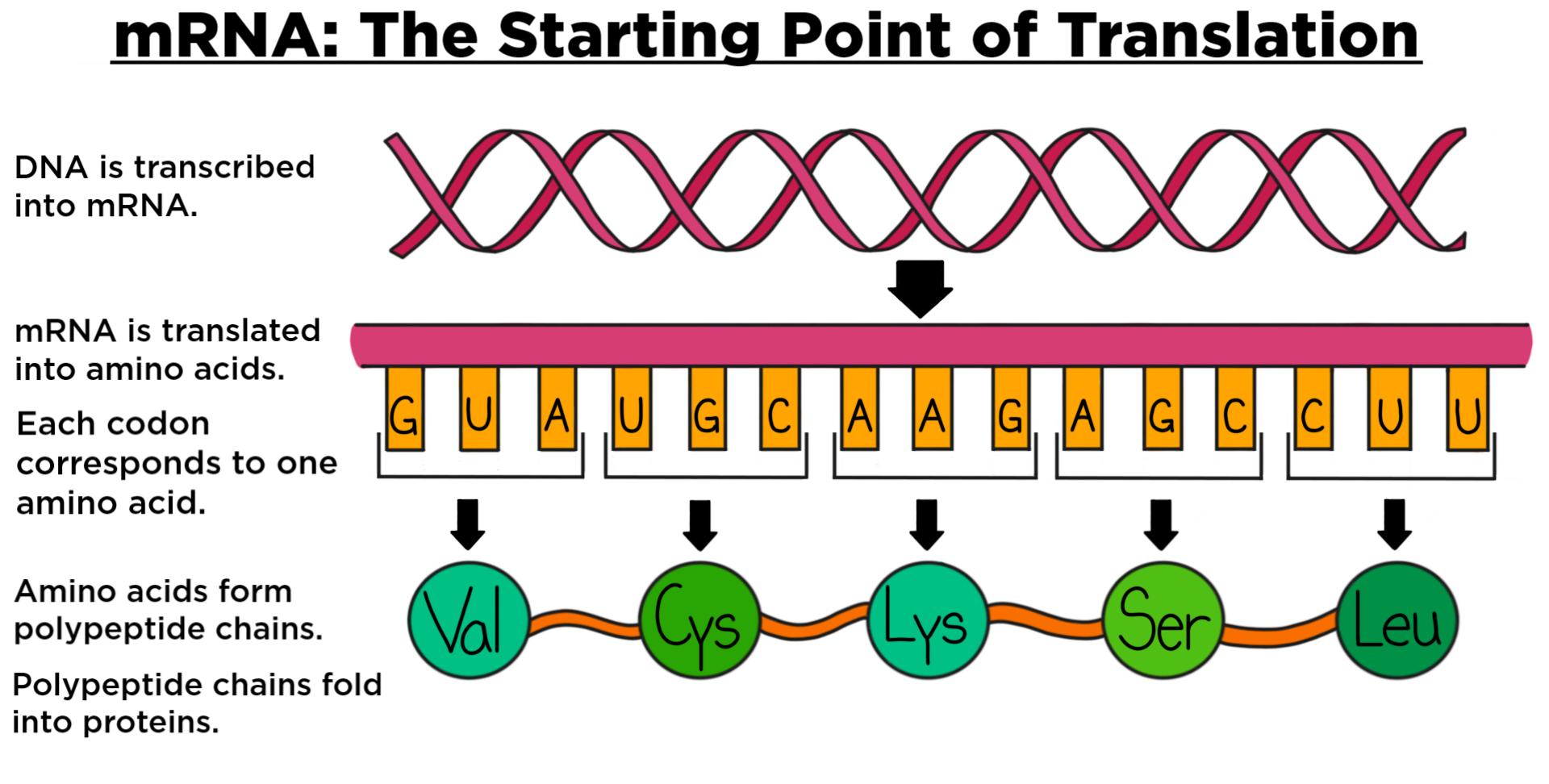
However, not all amino acids are equally likely to occur second in the chain, and the second amino acid influences whether the initial methionine is enzymatically removed. In fact, if a large number of proteins are sequenced and compared with their known gene sequences, methionine (or formylmethionine) occurs at the N-terminus of all of them.


If the leader is long, it may contain regulatory sequences, including binding sites for proteins, that can affect the stability of the mRNA or the efficiency of its translation.Īlthough methionine (Met) is the first amino acid incorporated into any new protein, it is not always the first amino acid in mature proteins-in many proteins, methionine is removed after translation. In bacterial mRNA, the 5' UTR is normally short in human mRNA, the median length of the 5' UTR is about 170 nucleotides. A similar site in vertebrates was characterized by Marilyn Kozak and is thus known as the Kozak box. In bacteria, this site is known as the Shine-Dalgarno box (AGGAGG), after scientists John Shine and Lynn Dalgarno, who first characterized it. So, what is the purpose of the UTR? It turns out that the leader sequence is important because it contains a ribosome-binding site. This portion of mRNA is located between the first nucleotide that is transcribed and the start codon (AUG) of the coding region, and it does not affect the sequence of amino acids in a protein (Figure 3). In particular, there is an area near the 5' end of the molecule that is known as the untranslated region (UTR) or leader sequence. Interestingly, not all regions of an mRNA molecule correspond to particular amino acids. The rRNA catalyzes the attachment of each new amino acid to the growing chain. Within the ribosome, the mRNA and aminoacyl-tRNA complexes are held together closely, which facilitates base-pairing.
#Transcriptions and translation of dna code#
The idea that tRNA was an adaptor molecule was first proposed by Francis Crick, co-discoverer of DNA structure, who did much of the key work in deciphering the genetic code (Crick, 1958). The tRNA molecules are adaptor molecules-they have one end that can read the triplet code in the mRNA through complementary base-pairing, and another end that attaches to a specific amino acid (Chapeville et al., 1962 Grunberger et al., 1969).

The ribosomal subunits contain proteins and specialized RNA molecules-specifically, ribosomal RNA ( rRNA) and transfer RNA ( tRNA). Each subunit exists separately in the cytoplasm, but the two join together on the mRNA molecule. In all types of cells, the ribosome is composed of two subunits: the large (50S) subunit and the small (30S) subunit (S, for svedberg unit, is a measure of sedimentation velocity and, therefore, mass). In this situation, translation begins at the 5' end of the mRNA while the 3' end is still attached to DNA. On the other hand, in prokaryotic organisms, ribosomes can attach to mRNA while it is still being transcribed. In eukaryotes, mature mRNA molecules must leave the nucleus and travel to the cytoplasm, where the ribosomes are located. Within all cells, the translation machinery resides within a specialized organelle called the ribosome.


 0 kommentar(er)
0 kommentar(er)
